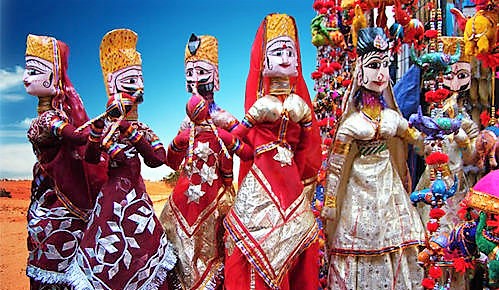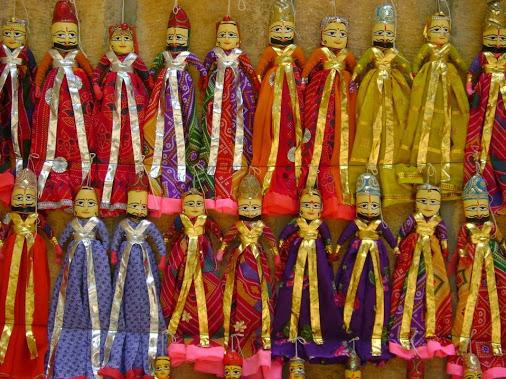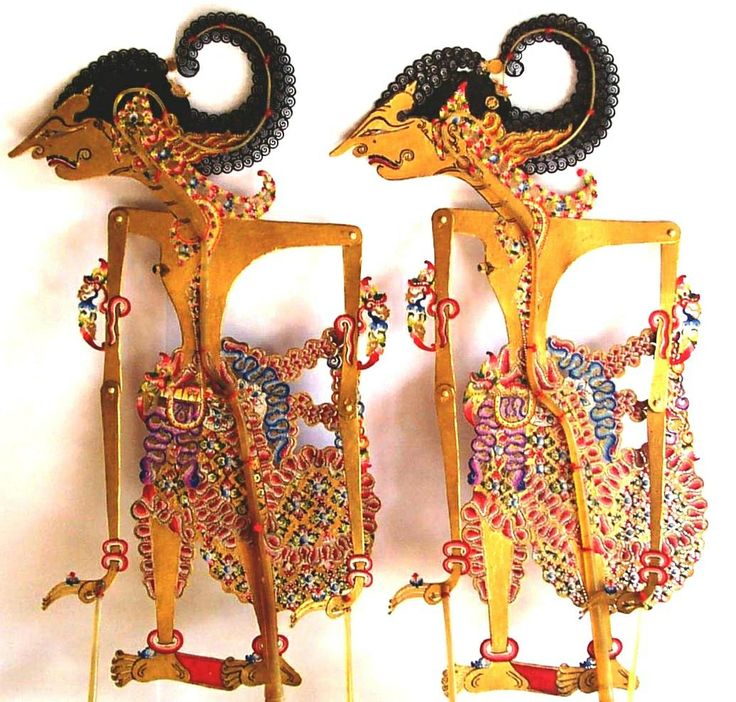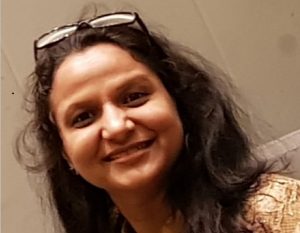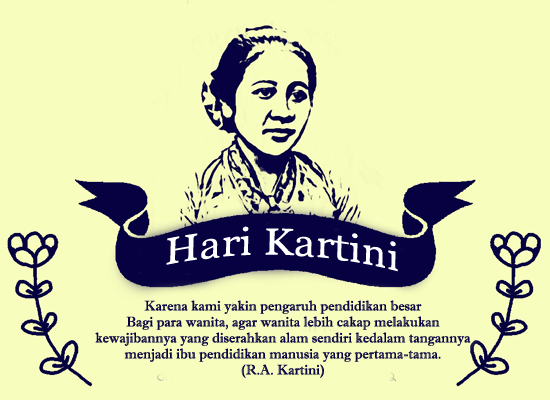Traditional art for Communication in Indonesia – India: Puppet – Wayang
Considering the traditional tools of Communication in India, one of the prominent medium is Kathputhli (Puppet). ’Kath, means wood and Puthli means doll. In various Puppet theater forms, they are used to illustrate the narratives. In India, the roots of the puppet theater lie in a dancer’s mask. Excavations at several Harappan sites have revealed a number of toys whose body parts can be manipulated with strings.
The puppeteer narrates his story in verse or prose, while the puppets provide the visual treat. Stories adapted from Puranic literature, local myths,mythological heroes and legends usually from Ramayana and Mahabharata form the content of traditional puppet theater in India.
This art imbibes elements of all creative expressions like painting, sculpture, music, dance, drama, indeed it’s a convergence of many arts. The presentation of puppet programs involves the creative efforts of many people working together. The sole purpose was mass entertainment via this mass communication tool. One of the very good audio-visual entertainments via puppet was projected in a novel based Bollywood movie ‘Paheli’ (puzzle) in the year 2005, starring Indonesian’s favorite Indian super stars like Shahrukh Khan and Rani Mukherjee directed by veteran actor and director Amol Palekar. The format of the Puppet-narrators in Puppetry art projected in this movie appealed the audiences and a it brought into a series of movies in Bollywood who adapted the pattern of narration….trend.
Modern India uses puppet in varied fields like medical, education, social awareness, for communication and here the characterization is transformed according to time and need.
There are basic four kinds of puppets used in India as follows:
- String Puppets – This includes Kathputli of Rajasthan, Kundhei of Odisha province, Gombeyetta of Karnataka and Bomallattam art of Tamil Nadu province.
- Shadow Puppets – This includes the Togalu Gombeyatta of Karnataka, Tholu Bommalata of Andhra Pradesh, Ravanachhaya of Odisha
- Rod Puppets – This includes Putul Nautch of West Bengal and Yampuri of Bihar region
- Glove Puppets – Important form is Pavakoothu of Kerala
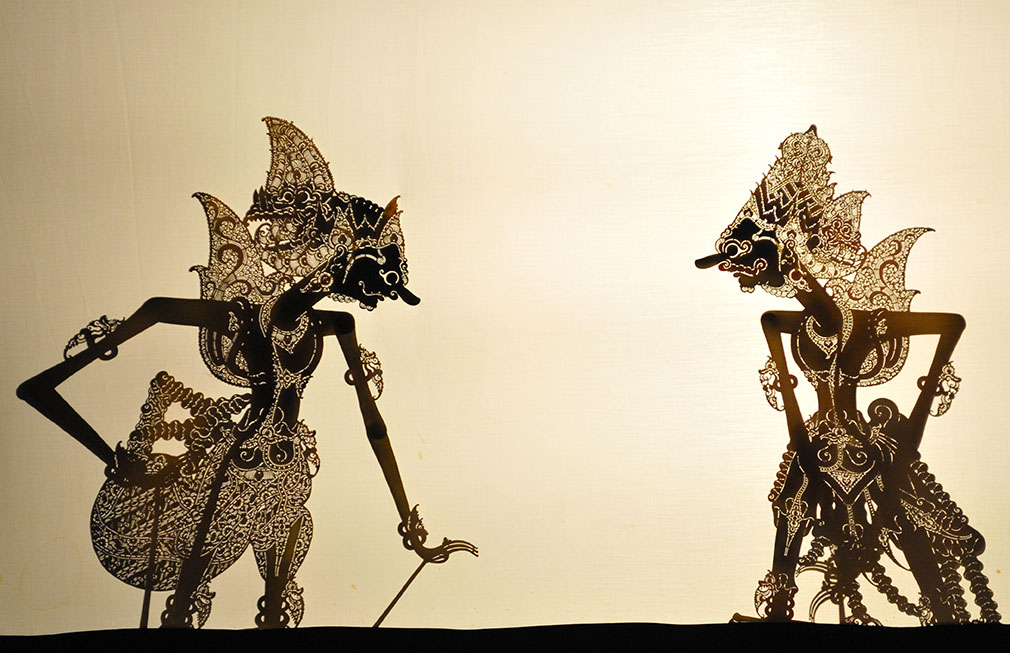
The term ‘Wayang’ is used to refer to a wide variety of Indonesian theatrical forms. Wayang figures come in all shapes, sizes, and mediums, including picture scrolls, shadow puppets, rod puppets, masked figures, and puppets twice human height. For most genres, wayang is the first term, indicating a form of traditional theater with or based on puppets. The second term identifies the medium or puppet type: scroll paintings (beber), three-dimensional rod puppets (golek), animal skins (kulit), or human beings (wong). There may be a third term in the phrase, usually designating the presentation of a story cycle such as the Hindu epics the Ramayana and the Mahabharata (purwa), Islamic (menak, meaning “aristocratic”), or historical chronicles of the East Javanese prince Panji, the grasscutter- turned prince Damar Wulan, and the wali (saints).
Puppetry is the preeminent performance art of Indonesia, even theater with live actors often follows the patterns, movements, and stories borrowed from the puppet arts. Wayang is a key to Indonesian thinking, reflecting the lives and world view of the Indonesian people. Contemporary political scientists have studied puppetry in order to analyze the changing dynamics of Indonesian society . Anthropologists have plumbed the secrets of puppetry in order to analyze the country’s social structure and cultural values.
Wayang is especially popular among the lowland Javanese, the Sundanese who inhabit the highlands of West Java, and the people of the adjacent island of Bali. For them, puppetry has long served both ritual and entertainment purposes. In 2003, Wayang puppet theater was designated by UNESCO as one of the Masterpieces of the Oral and Intangible Heritage of Humanity. However, to compete successfully with new media technology performers tend to accentuate comic scenes at the expense of the story line and to replace musical accompaniment with pop tunes, leading to the loss of some characteristic features, also now performed in Indonesia Bahasa (language) in place of Javanese to appeal gen-next.
Freelance Media Professional &Academician
mitalrajgor@gmail.com
References cited:
http://www.imdb.com/title/tt0451850/fullcredits?ref_=tt_ov_st_sm
https://ich.unesco.org/en/rl/wayang-puppet-theatre-00063

